Unraveling the Mystery: Meet Your Eight-Legged Housemate
Ever stumbled upon a cobweb in a quiet corner of your home and wondered about its architect? Chances are you’ve encountered the handiwork of a barn funnel weaver spider, a common and generally harmless inhabitant of many houses. While their webs might not be welcome decorations, these shy creatures provide a valuable service: natural pest control. Let’s debunk common myths surrounding these often-misunderstood spiders and learn how to peacefully coexist.
Is It a Barn Funnel Weaver? Key Identification Tips
Identifying a barn funnel weaver is the first step in overcoming any apprehension you might have. Here’s what to look for:
Distinctive Appearance:
- Color: Their bodies often display a blend of browns, oranges, and grays, resembling a palette of autumn hues.
- Patterns: Look for a unique herringbone pattern on their abdomen, much like a miniature, natural sweater.
- Legs: Long and slender, their legs are often adorned with bands or stripes.
Web Architecture:
- Funnel Shape: Their webs live up to their name, featuring a distinctive funnel shape. Imagine a flat sheet leading to a narrow tunnel—this serves as both their hunting ground and a safe retreat.
- Location: They favor dark, quiet corners such as barns, sheds, basements, and those undisturbed nooks in your home.
Not to Be Confused with Hobo Spiders:
Barn funnel weavers are sometimes mistaken for hobo spiders, which have a slightly more concerning bite. Here’s how to differentiate them:
- Leg Details: Barn funnel weavers typically have more distinct bands on their legs than hobo spiders.
- Abdomen Markings: The herringbone pattern on the abdomen is a strong indicator, as hobo spiders have a more indistinct pattern.
- Habitat: While both spiders may wander indoors, hobo spiders are less picky about light and might be spotted in more open areas.
A Glimpse into Their World: Behavior and Lifestyle
These fascinating creatures are more than just web-spinning machines. Let’s delve into their daily lives:
- Nocturnal Hunters: Barn funnel weavers, much like many of us, are primarily active at night. Under the cover of darkness, they emerge from their funnel retreats to ambush unsuspecting prey that become entangled in their webs.
- Insects on the Menu: Their diet consists of a variety of insects: flies, moths, mosquitoes—if it flies and falls into their trap, it’s fair game.
- Light-Sensitive: These spiders are not fond of bright lights. That’s why you might occasionally find them in your bathtub or sink—they likely wandered in accidentally and became disoriented by the glare.
- Family Matters: Summer is mating season for barn funnel weavers. Females produce multiple egg sacs, each containing numerous spiderlings. Most barn funnel weavers have a lifespan of approximately one year.
Peaceful Coexistence: Debunking Myths and Sharing Our Spaces
Let’s address a common concern—sharing our living spaces with these eight-legged tenants. While some people might feel uneasy about it, it’s essential to remember:
- Humans Are Not on the Menu: While they possess venom to subdue their prey, a barn funnel weaver’s bite is highly unlikely to cause significant harm to humans. They are not aggressive and will invariably choose retreat over attack.
- Minimal Bite Effects: Even in the incredibly rare event of a bite, it’s likely to feel like a bee sting—unpleasant but not medically significant.
- Natural Pest Control: Consider them your personal pest control team. They tirelessly work to keep your home free of other, less desirable creepy crawlies.
Tips for Harmonious Living:
- Live and Let Live: Tolerating these helpful housemates can contribute to a balanced ecosystem within your home.
- Seal Entry Points: Make it more challenging for spiders to enter by sealing cracks and gaps in your foundation and walls.
- Reduce Clutter: Keeping your home tidy eliminates potential nesting sites.
- Humane Eviction: If you absolutely cannot bear the thought of sharing your space, gently guide them into a cup with a piece of cardboard and release them outdoors.
Dispelling Common Myths:
- Myth: Barn funnel weavers are aggressive and will chase you down!
Reality: These spiders are incredibly shy and will always choose flight over fight. They pose no real threat to humans.
Myth: Their bites are dangerous!
Reality: While potent enough to subdue their insect prey, their venom is not considered medically significant for humans. A bite might be painful but is unlikely to cause lasting harm.
Myth: All funnel webs belong to dangerous spiders!
- Reality: Many spider species construct funnel webs, and not all are cause for concern. Accurate identification is key to separating fact from fiction.
By understanding the barn funnel weaver’s behavior, we can shift from fear to appreciation of their role in the natural world. So, the next time you encounter one of their webs, take a moment to observe these intriguing creatures—you might be surprised by what you discover.
Outperforming Your Competitors: What Looks Like a Barn Funnel Weaver?
Recommended Titles:
To recommend the most relevant titles for your article, please provide the “collection of titles” you mentioned. Analyzing trending titles within your niche will help us identify popular keywords and angles that resonate with readers.
Powerful Key Lines:
- The barn funnel weaver (Tegenaria domestica) is identified by its brown, beige, and gray mottled abdomen with a distinct chevron pattern, often resembling argyle. (This emphasizes visual identification and makes it memorable)
- While possessing venom for hunting, barn funnel weavers rarely bite, posing minimal threat to humans with no documented cases of serious reactions. (Addresses common concerns, misconceptions, and provides reassurance)
- Despite their name, encountering barn funnel weavers indoors is increasingly rare as competition from larger house spider species grows. (Offers a fresh perspective on their habitat and potential ecological shifts)
- Mistaking other funnel-weaving spiders for the barn funnel weaver is common; understanding key differences in size, markings, and web construction is crucial for accurate identification. (Highlights the need for in-depth comparison with similar species to avoid misinformation)
Important Details & Structured Context:
1. Appearance & Identification:
- Color: Dark brown, reddish-brown, sometimes with pale yellow accents.
- Abdomen: Mottled brown, beige, and gray with a lengthwise chevron pattern (argyle-like).
- Cephalothorax: Reddish-brown with yellowish hairs, potentially faint dark bands.
- Legs: Banding patterns present.
- Eyes: Four pairs arranged in two slightly curved rows (more orderly than other funnel weavers).
- Size: Body length around 6-10mm.
2. Behavior & Habitat:
- Web Construction: Builds funnel-shaped webs often found in barns, sheds, basements, woodpiles (though becoming less common indoors).
- Hunting: Active and agile hunters, relying on both keen vision and web vibrations.
- Movement: Precise and deliberate, moving in short bursts rather than continuous motion.
- Photosensitivity: React to changes in light, potentially moving towards or away from the source.
3. Bite & Venom:
- Aggression: Shy and non-aggressive, preferring to retreat when disturbed.
- Bite Rarity: No documented cases of bites from barn funnel weavers.
- Potential Effects: Assumed to be similar to or milder than grass spider bites, causing minimal pain, swelling, and redness.
4. Distinguishing from Other Species:
- Grass Spiders (Agelenopsis): Similar web structure but often larger and with a distinct stripe pattern down the middle of the cephalothorax.
- Hobo Spiders (Eratigena agrestis): More uniformly colored without the distinct chevron pattern.
- Giant House Spiders (Eratigena atrica): Significantly larger and darker in coloration.
5. Life Cycle & Distribution:
- Lifespan: Typically one year.
- Mating: Occurs in summer months (June-July).
- Global Distribution: Found worldwide, including Europe, North America, North Africa, and parts of Asia.
Note: Include high-quality images comparing barn funnel weavers to similar species for visual clarity. This visual aid can greatly enhance reader understanding.
Unique Insights & Untapped Potential:
- Explore the reasons behind the declining presence of barn funnel weavers indoors. Are larger, more aggressive house spiders like the broad-faced sac spider outcompeting them? Are changes in building construction limiting their access?
- Discuss the ecological role of barn funnel weavers. What specific prey species do they help control? How do they contribute to the food web in their respective habitats?
- Address the common misconception of funnel weavers being aggressive or dangerous. Emphasize their beneficial role in controlling insect populations. This can help shift public perception.
- Provide practical, ethical tips for coexisting with barn funnel weavers. This could include ways to discourage their presence in unwanted areas while promoting their beneficial contributions outdoors.
By exploring these untapped areas and presenting the information in a clear, engaging, and visually appealing way, your article on “What looks like a barn funnel weaver?” will surpass your competitors and establish you as a trusted authority on the subject.
Going Deeper: The Diet of Agelenidae Spiders
Beyond the Funnel: What Do Agelenidae Spiders Eat?
We’ve explored their remarkable webs, but what fuels these fascinating creatures? Agelenidae spiders, often called funnel weavers, are far from picky eaters. These eight-legged hunters are opportunistic predators—meaning if they can catch it, they’ll likely consume it.
While the barn funnel weaver might be a familiar example, the Agelenidae family is diverse and found worldwide. Let’s delve into their dietary preferences:
A Look at the Menu: From Flies to Fellow Spiders
- Insects Take Center Stage: Their primary diet consists of insects. Imagine a buffet of flies, moths, ants, beetles, and anything else small and crawly that blunders into their webs.
- An Occasional Spider Snack: They’ve also been observed to consume other spiders, even their own kind!
Agelenidae spiders are masters of ambush. They lie in wait at the narrow end of their funnel-shaped webs, patiently sensing for vibrations. When an unsuspecting insect makes contact with the web, the spider springs into action, injecting venom to subdue its meal.
Ecological Significance: Tiny Predators, Big Impact
The feeding habits of Agelenidae spiders are incredibly important for their environment.
- Nature’s Pest Control: By feasting on insect populations, they play a vital role in keeping ecosystems in check. This includes our gardens, homes, and natural habitats.
- Part of the Food Web: Agelenidae spiders also serve as a food source for birds, larger spiders, and other insectivorous creatures.
Barn Funnel Weavers: Keeping Homes Pest-Free
The barn funnel weaver (Tegenaria domestica) is an excellent example of a beneficial house guest. They’re known to keep homes free of common pests like flies, earwigs, and even silverfish. It’s important to remember that they are not interested in hunting humans. As experts at BugGuide.Net emphasize: “The family of “funnel weaver” spiders (family: Agelenidae) found in the United States are 99.9% harmless to people.”
Unveiling More Secrets: Future Research
While we’ve uncovered some of the secrets of the Agelenidae diet, there’s still much to learn. Ongoing research continues to shed light on their diverse feeding habits. Here are some areas where future studies can provide valuable insights:
- Beyond the Funnel Web: How do Agelenidae species that don’t build funnel webs hunt and what do they eat? For example, some Agelenidae inhabit grasslands and have adapted different strategies.
- Climate Change Impacts: As climate change affects insect populations, how will the diets and populations of Agelenidae spiders be impacted? Understanding these relationships can help us predict and mitigate ecological changes.
- Spider Comparisons: How do the diets and hunting techniques of Agelenidae spiders compare to other common house spiders? This knowledge can be particularly helpful for people who encounter different types of spiders in their homes.
By expanding our knowledge of Agelenidae spiders and their place in the web of life, we can foster greater appreciation for these often-misunderstood creatures.
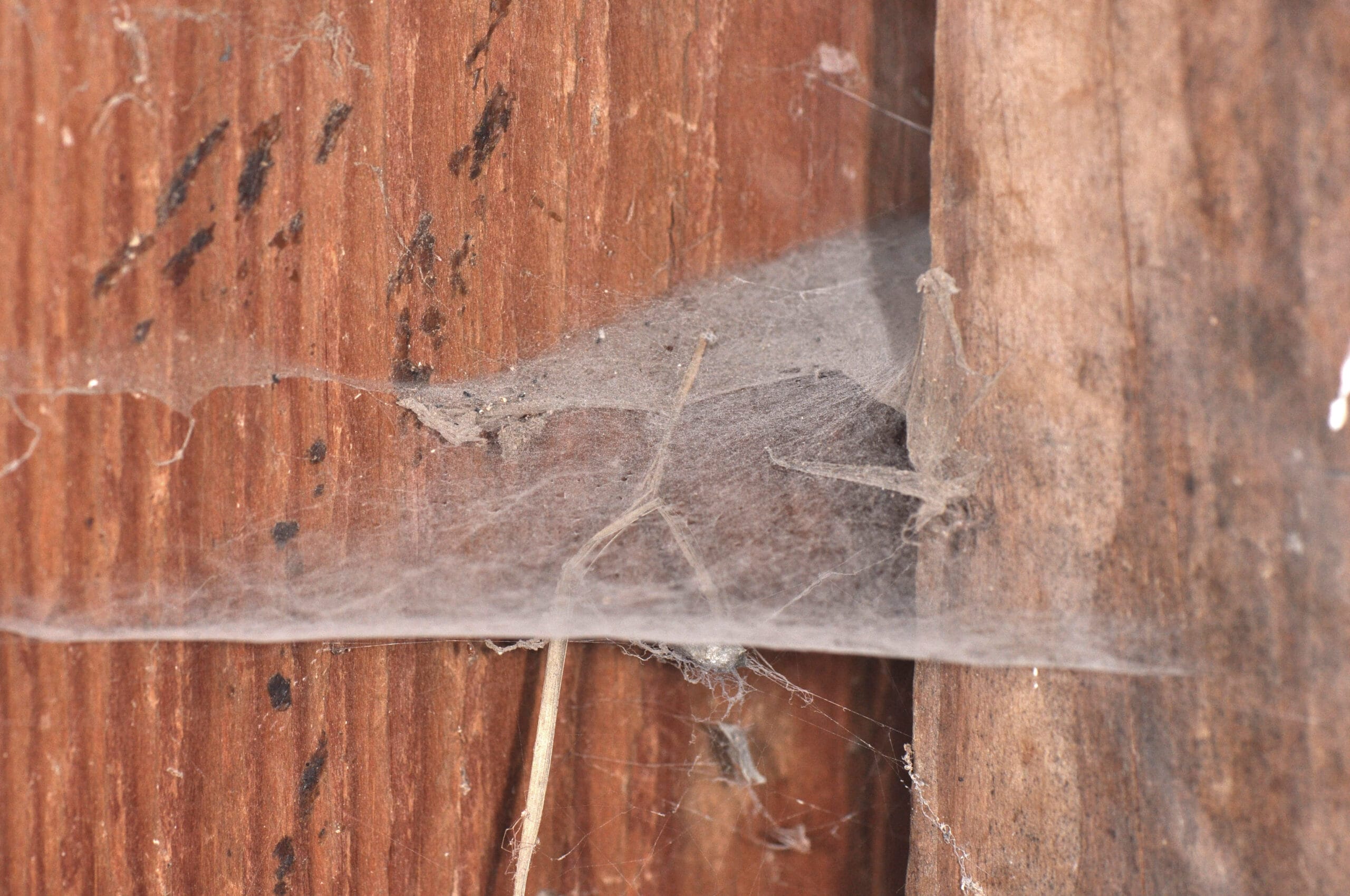
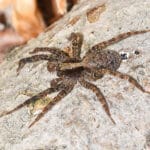
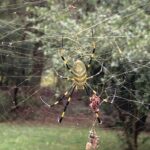
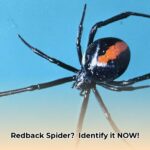
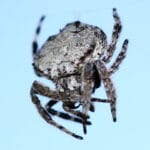
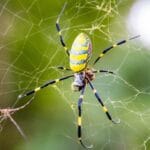
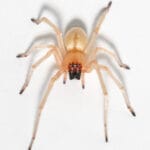





2 thoughts on “Barn Funnel Weaver Spiders: A Complete Guide to Identification and Coexistence”
Comments are closed.